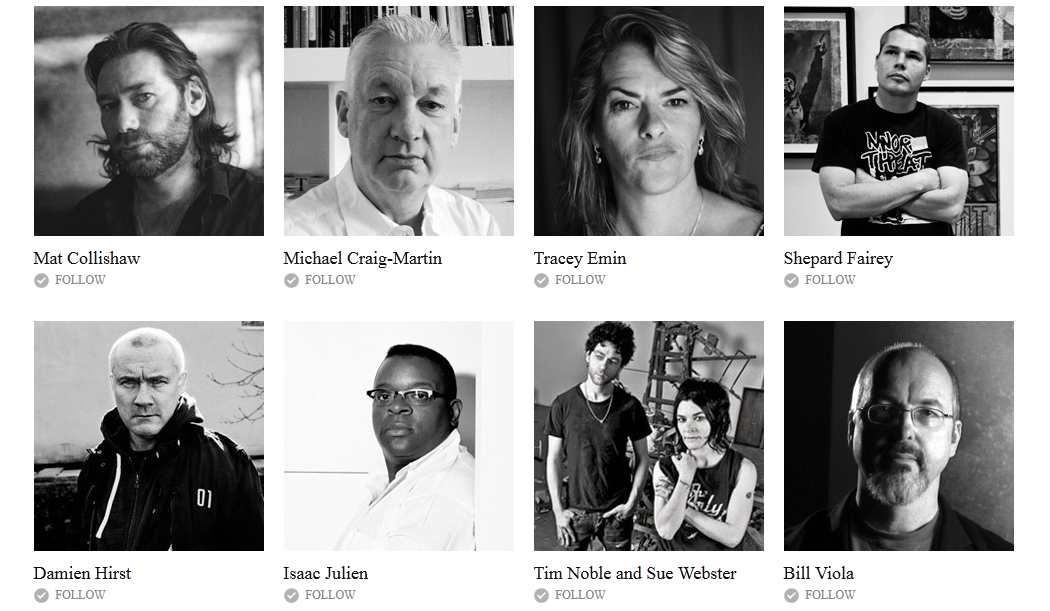The clock’s ticking is becoming ever more pronounced, 2011 shall soon be placed in the archives of our collective history. So as we bid farewell to this year, let’s not forget the events that made the technology-art axis rotate for a full 365 days!
The year began with the unfolding of the Google Art Project, which revolutionized not only the way we view and how much we could view of an artwork, but also how art in museums became accessible at a global level.
And as art became accessible to a host of people, people became accessible to arts organizations through crowdsourcing. This year, we saw an incredible rise in the use of crowdsourcing, in many different areas and for many different purposes. Operas were crowdsourced, exhibitions were crowdsourced, and even art-works were crowdsourced. But it was the concept of crowdfunding that received a standing ovation from a crowd of people, organizations, and artists.
And in the pockets of these crowds of people were smart-phones and tablets, all glowing with the slide-to-unlock signs. With the rise of the iPhone/Droid/Blackberry and the iPad, many museums developed apps for specific artists or exhibitions in order to augment and guide the viewing experience. In fact, apps revolutionized the way audiences interact with art and museums were quick to capitalize on this opportunity.
Moreover, some galleries and museums relocated to the online world, and entire exhibitions moved from the realm of the physical to that of the virtual. Paddle8 and Art Micro-Patronage were both introduced this year, and only time will tell whether online exhibition spaces can be just as successful as offline ones. Moreover, there was an increasing emphasis on tailoring the arts towards one’s aesthetic and visual interests through Art.sy and Artfinder, the Pandoras of the art world. Additionally, s[edition] rebelled against the procurement of tangible art forms through its effort to sell digital limited edition prints of big name artists such as Damien Hirst and Tracey Emin.
As always, social media analytics remained at the forefront, and arts organizations realized the importance of sharing and conversing with their audiences through social media platforms such as Twitter, Facebook, and Google+. Many studies were done on Millenials and their motivations, which helped organizations engage and connect with this tech-savvy generation.
And as conversations became heated in social platforms, the world of art and technology did not let us forget that Earth itself is experiencing global warming. There were some excellent fusions of art and technology aimed at the problem of climate change and the move towards green energy by organizations such as GlacierWorks and SolarFlora.
But what will the year 2012 bring in the technology-arts realm? Innovation, progress, the unexpected, awe , wonder, but surely not an apocalypse, right?
Happy New Year!







